 Essay Writing Web
Essay Writing Web
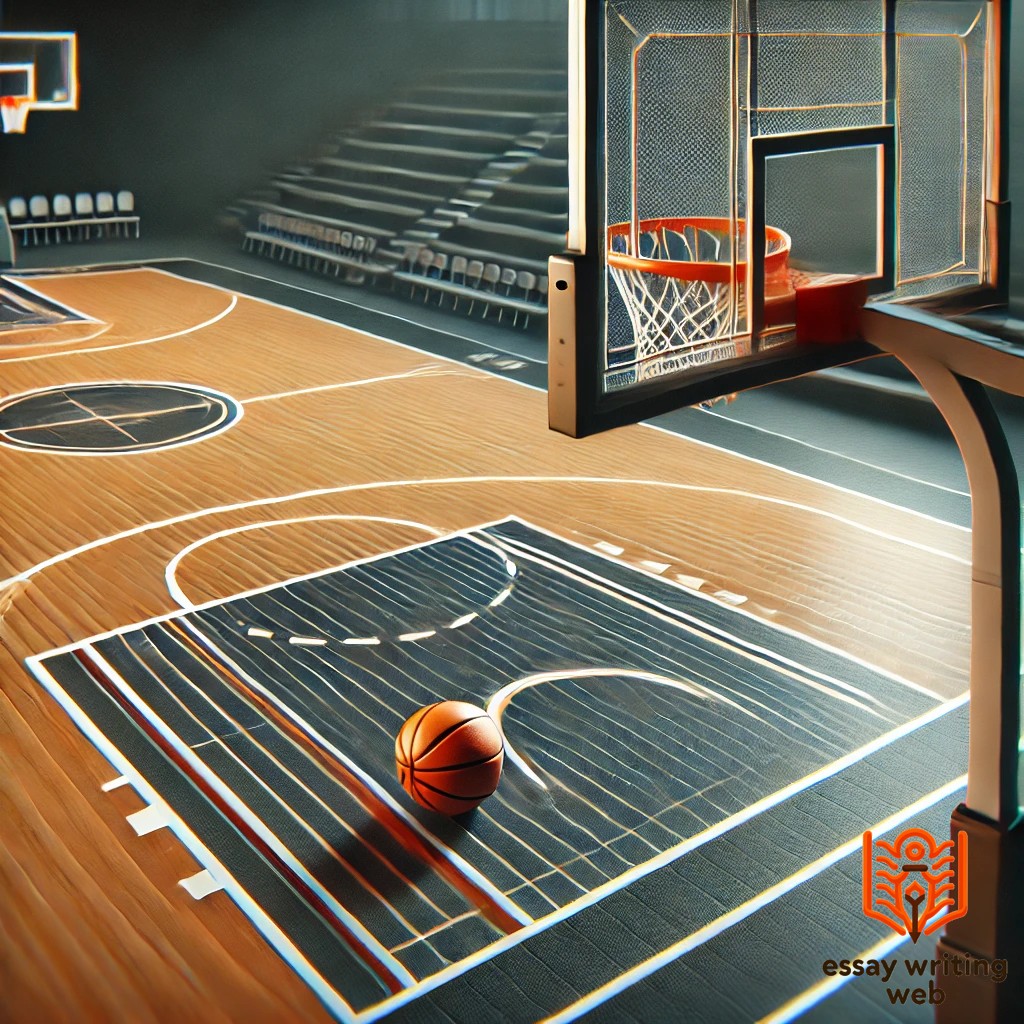
 04-09-2024
04-09-2024
 Essay Writing Web
Essay Writing Web
Basketball is a dynamic and fast-paced sport that has captivated millions around the world since its inception. Invented in 1891 by Dr. James Naismith as a way to keep his students active indoors during the winter, the game has evolved into one of the most popular sports globally. With its emphasis on agility, teamwork, and strategy, basketball offers a thrilling experience for both players and spectators. Whether played on a professional court or in a neighborhood park, the sport brings together people of all ages and backgrounds, fostering a sense of community and competition. As a reflection of its global impact, basketball is not just a game but a cultural phenomenon, influencing fashion, music, and even social movements.
Basketball holds a significant place in the global sports landscape, transcending borders and cultures to become a unifying force worldwide. Its importance goes beyond mere entertainment; basketball serves as a powerful tool for social integration, youth development, and international diplomacy. In many communities, the sport provides an accessible platform for young people to develop life skills such as discipline, teamwork, and leadership, often offering a pathway to educational and professional opportunities.
On an international scale, basketball has the unique ability to bridge cultural divides, bringing together diverse populations through a shared love of the game. Major events like the NBA Finals or the FIBA World Cup capture the attention of millions, showcasing the sport's universal appeal. Moreover, basketball stars often serve as global ambassadors, using their platforms to advocate for social causes and inspire positive change. The sport’s influence extends into various aspects of life, including fashion, music, and even politics, making basketball not just a game but a global phenomenon that shapes and reflects the values of society.
Basketball’s origin traces back to December 1891 in Springfield, Massachusetts, where Dr. James Naismith, a physical education instructor at the International YMCA Training School, sought to create a new indoor activity that could keep his students active during the harsh winter months. Naismith’s challenge was to design a game that was less physically rough than football but still required skill and coordination. With this in mind, he developed a set of 13 basic rules and nailed a peach basket to the balcony of a gymnasium, giving rise to the first-ever basketball game.
The original game was quite different from the fast-paced sport we know today. For example, the ball could only be moved by passing it—dribbling was not yet a part of the game—and every time a basket was made, the game had to be paused so the ball could be retrieved from the basket. Over the next few years, the game spread rapidly across the United States and beyond, largely due to the efforts of the YMCA, which promoted the sport in its facilities worldwide.
As basketball grew in popularity, modifications were made to the rules and equipment to enhance the game’s pace and competitiveness. The peach baskets were eventually replaced with open hoops and backboards, and dribbling was introduced, adding a new dimension to the game. By the early 20th century, basketball had established itself as a major sport in American high schools and colleges, eventually leading to the formation of professional leagues. The sport’s global appeal continued to expand, culminating in basketball’s inclusion in the Olympic Games in 1936, further solidifying its place on the world stage.
The invention of basketball by Dr. James Naismith in December 1891 stands as a pivotal moment in the history of sports. At the time, Naismith was a physical education instructor at the International YMCA Training School in Springfield, Massachusetts, tasked with developing a new indoor activity to keep his students engaged during the cold winter months. Faced with the challenge of creating a game that was both physically stimulating and safe, Naismith drew inspiration from various sports, aiming to combine elements of skill, teamwork, and strategic thinking.
With limited resources, Naismith devised a simple yet ingenious solution: he hung a peach basket on the balcony of the school gymnasium and established a set of 13 basic rules to govern the game. These rules focused on minimizing physical contact while encouraging movement and cooperation among players.
The first game of basketball, played with just nine players on each side, was an immediate success. The game’s simplicity and the emphasis on skill over brute force made it accessible and enjoyable for players of all ages. Although the original peach baskets had to be manually emptied after each score, the game’s basic structure remains largely unchanged to this day.
Dr. Naismith’s creation quickly spread beyond the confines of his school, thanks in part to the YMCA’s global network, which introduced basketball to communities around the world. What began as a humble exercise in creativity has since evolved into one of the most popular and influential sports on the planet, a testament to Naismith’s innovative thinking.
The evolution of basketball from its humble beginnings in 1891 to the globally recognized sport it is today is a story of continuous innovation and adaptation. Initially, the game was played with a soccer ball and peach baskets nailed to a gymnasium balcony, and the early rules, designed by Dr. James Naismith, focused on limiting physical contact and promoting teamwork. However, as the game spread and gained popularity, both the rules and the equipment underwent significant changes to enhance the pace and excitement of play.
One of the first major changes was the introduction of the open hoop with a net in 1906, replacing the original peach baskets, which had required manual retrieval of the ball after each score. This small but significant modification allowed for a more fluid game, as the ball could pass through the hoop and continue in play. Around the same time, the concept of dribbling began to emerge, adding a new dimension of skill and strategy. Initially, dribbling was restricted by the unevenness of early basketballs, but as ball design improved, dribbling became a fundamental part of the game.
As basketball entered the 20th century, it began to be organized on a more formal basis, with the establishment of college leagues and, later, professional leagues. The National Basketball Association (NBA), founded in 1946, played a crucial role in standardizing the rules and popularizing the sport on a global scale. Innovations such as the 24-second shot clock, introduced in 1954, were implemented to prevent stalling and maintain a fast pace, making the game more engaging for both players and spectators.
The evolution of basketball also saw changes in playing style and strategy. The emergence of the three-point line in the late 1970s revolutionized the game by rewarding long-range shooting, leading to a shift in how teams approached offense. The increasing athleticism of players and the influence of iconic figures like Michael Jordan further pushed the boundaries of what was possible on the court, inspiring a generation of athletes and fans alike.
Basketball is a sport governed by a set of basic rules that ensure fair play and competitive balance while highlighting the skills and strategies of the players. The game is played between two teams, typically consisting of five players each, on a rectangular court with a hoop at each end. The primary objective is to score points by shooting the ball through the opponent’s hoop, while simultaneously preventing the opposing team from doing the same.
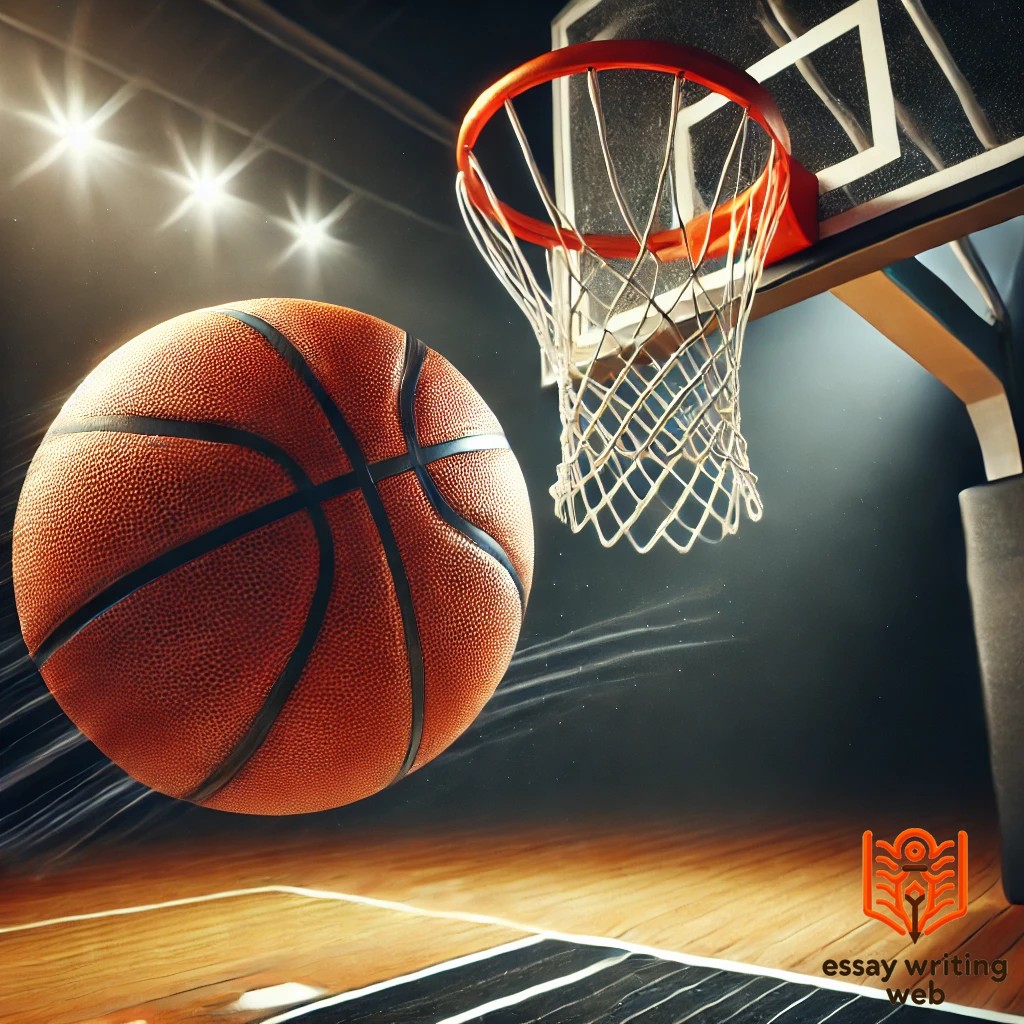
The central piece of equipment is, of course, the basketball. Regulation basketballs are typically made of leather, synthetic leather, or rubber, depending on the level of play and whether the game is indoors or outdoors. The standard basketball has a circumference of 29.5 inches for men's games and 28.5 inches for women's games, with a weight of about 22 ounces. The ball's design includes an outer covering that provides grip and control, allowing players to dribble, pass, and shoot with precision.
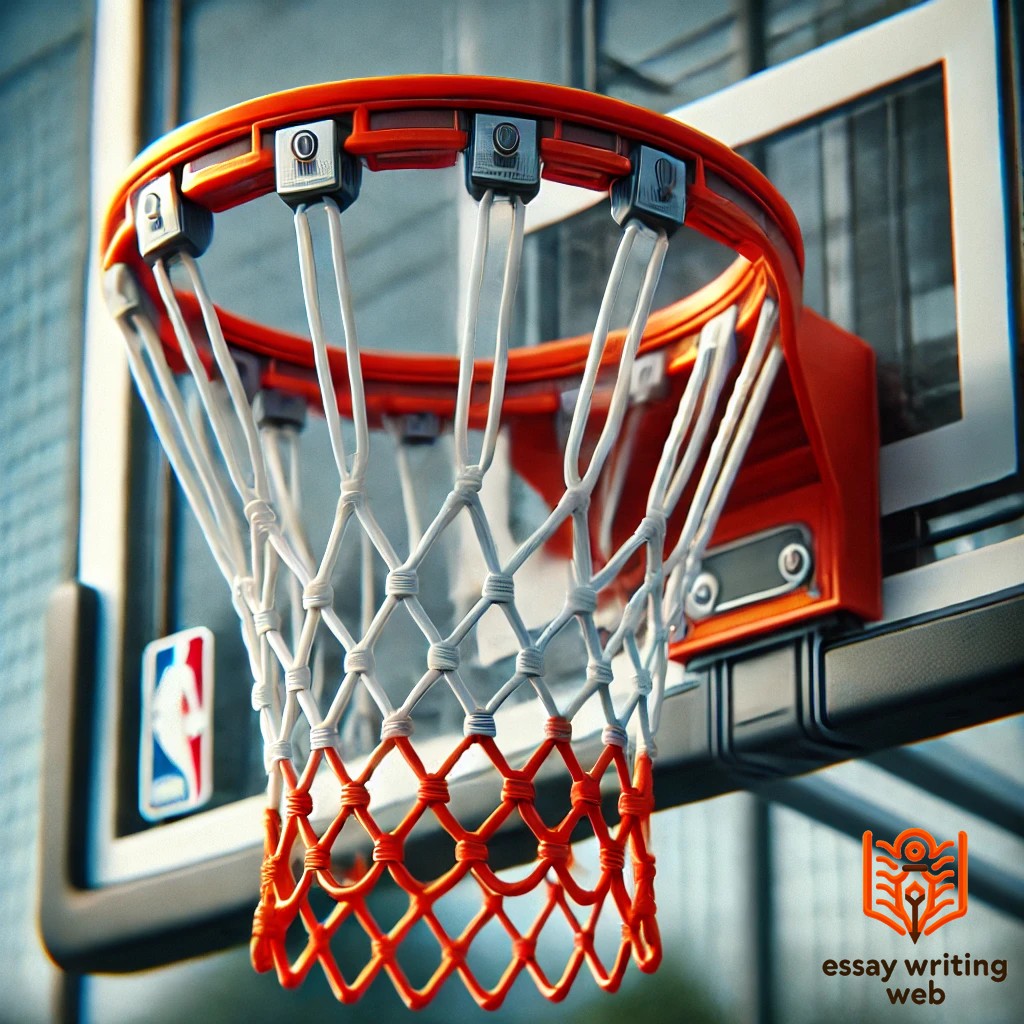
The basketball hoop consists of a metal rim, 18 inches in diameter, attached to a backboard. The hoop is mounted 10 feet above the court, making shooting accuracy and jumping ability key components of the game. The backboard, typically made of tempered glass or acrylic, measures 6 feet wide and 3.5 feet high. It helps players make bank shots and provides stability to the hoop. Attached to the rim is a net, usually made of nylon, which slows the ball after a successful shot, making it easier to confirm a score.
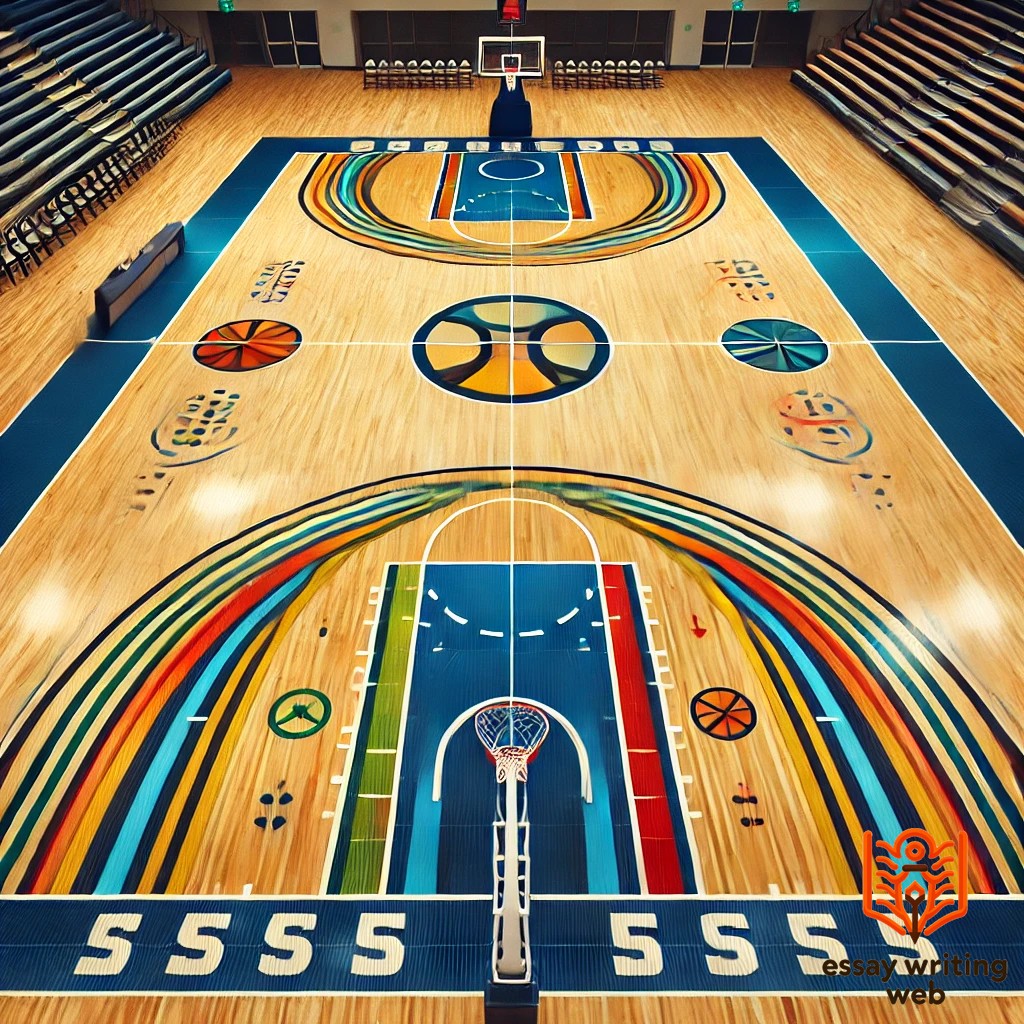
The basketball court is a rectangular playing surface, usually made of wood in indoor settings and asphalt or concrete for outdoor play. Regulation courts measure 94 feet long and 50 feet wide in professional leagues like the NBA, with smaller dimensions for high school and youth games. The court is marked with various lines and circles, including the three-point line, free-throw line, and the center circle, each serving specific purposes within the game. The court also features a painted area, commonly known as the key or the paint, which is crucial for certain offensive and defensive strategies.

Basketball players wear specific gear designed for mobility, protection, and performance. This includes:

Basketball shoes are perhaps the most important piece of player gear. They are designed with ankle support, cushioning, and grip to handle the quick movements, jumps, and impacts that are common in the game. High-tops provide extra ankle support, while low-tops offer greater freedom of movement.

Players wear lightweight, breathable jerseys and shorts that allow for maximum range of motion. Jerseys typically display the player's number and team logo.
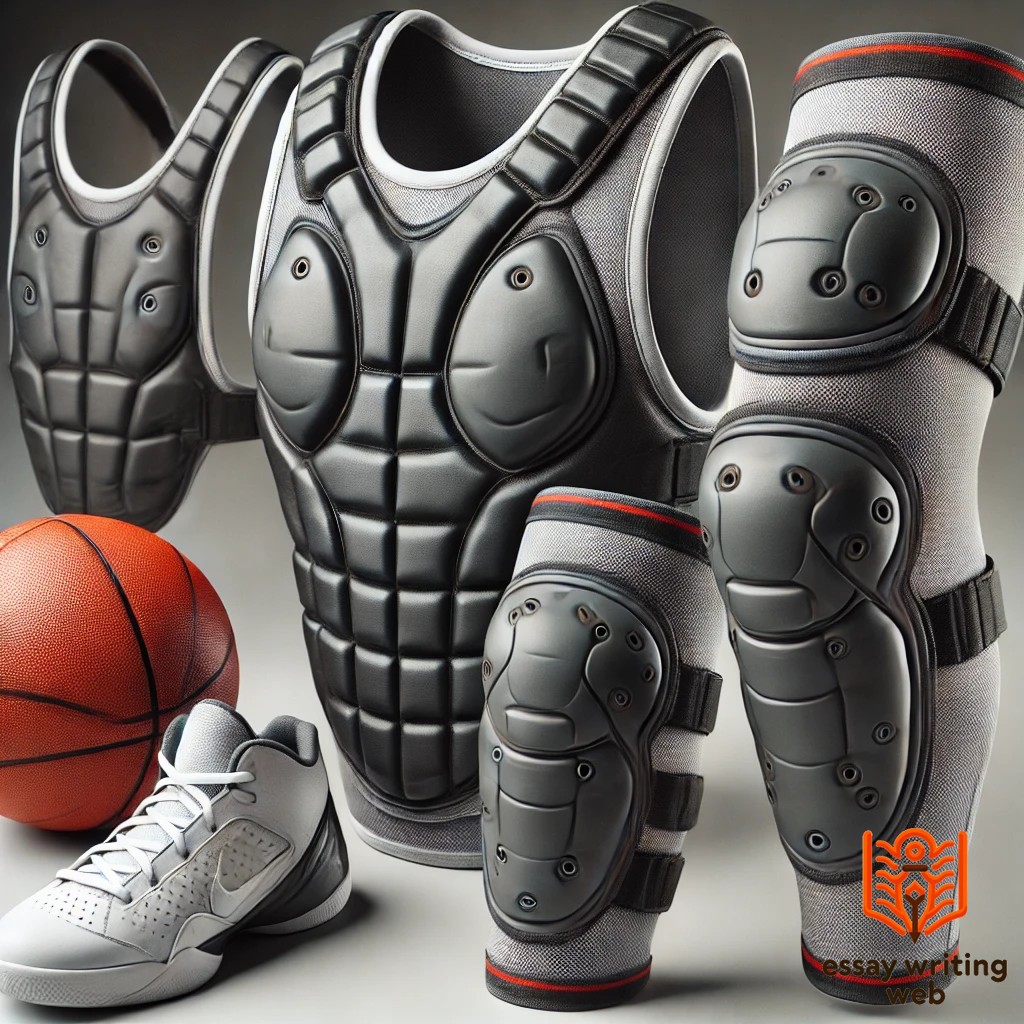
Some players wear additional protective gear, such as knee and elbow pads, compression sleeves, and mouthguards, to reduce the risk of injury during intense physical play.

An electronic scoreboard is used to display the score, game time, shot clock, and other vital information. It ensures that players, coaches, and spectators can keep track of the game’s progress.

To maintain proper air pressure in the basketball, a pump is used. Correct inflation is crucial for consistent performance during play.
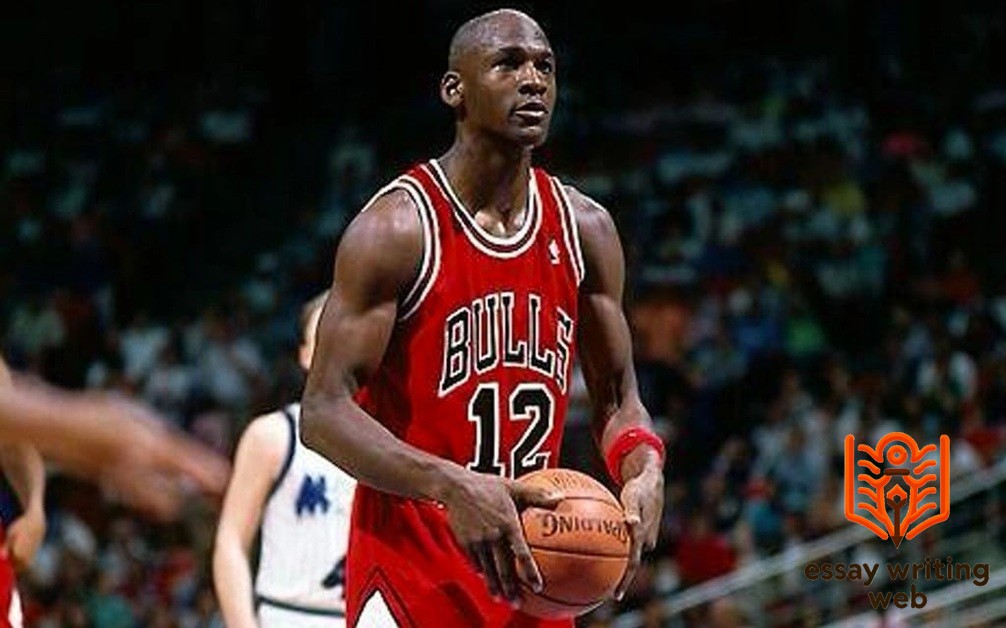
Widely regarded as the greatest basketball player of all time, Michael Jordan's influence on the sport is unparalleled. His combination of athleticism, competitiveness, and charisma revolutionized the game during the 1980s and 1990s. Jordan led the Chicago Bulls to six NBA championships, earning five MVP awards and becoming a global icon. His Airness' impact transcends basketball; he is credited with helping popularize the NBA worldwide and inspiring a generation of athletes. Jordan's signature moves, like the fadeaway jumper, and his intense work ethic set new standards in the sport.
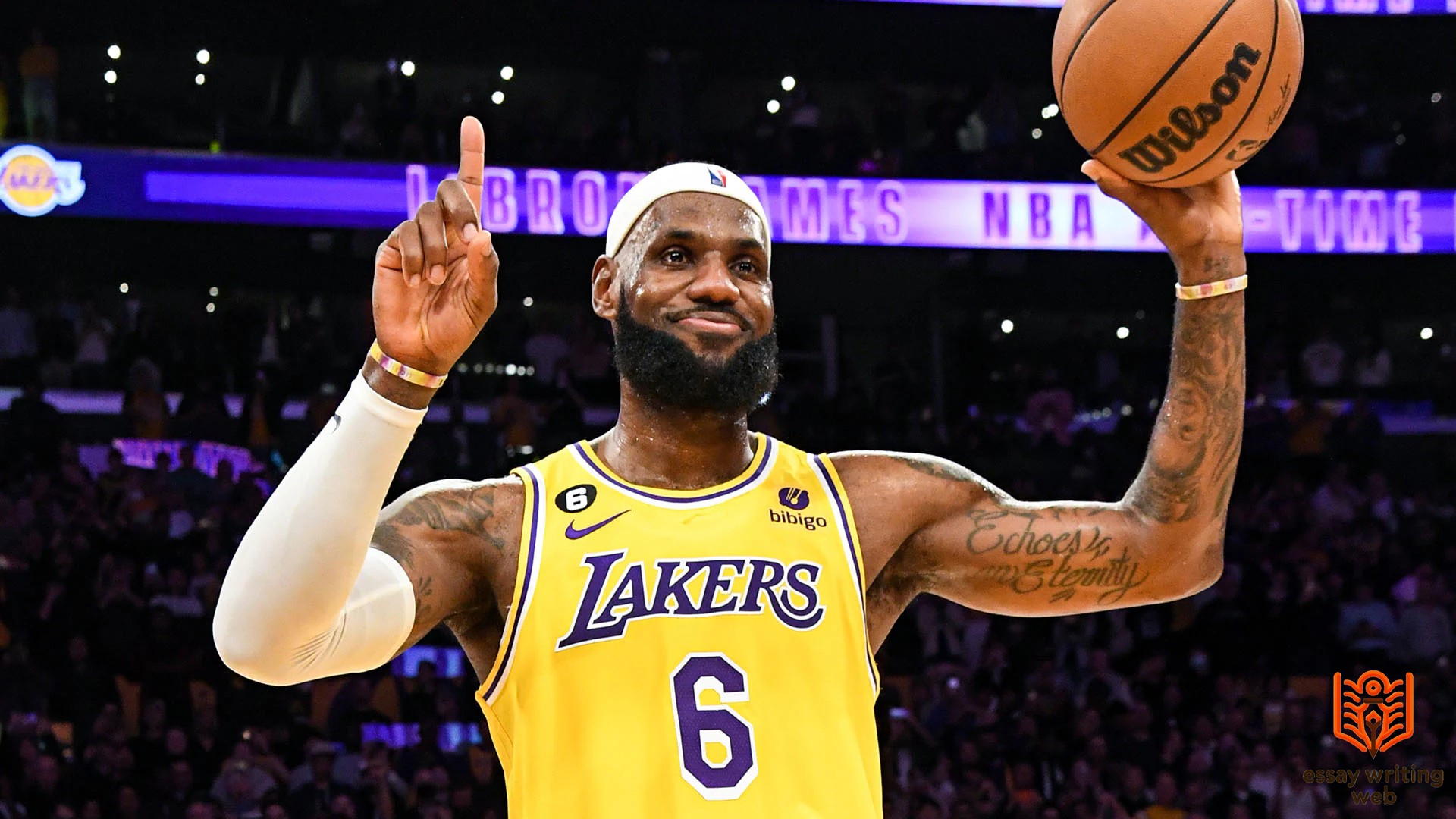
LeBron James, often compared to Jordan, has carved out his own legacy as one of the most versatile and dominant players in basketball history. Known for his exceptional passing, scoring, and basketball IQ, LeBron has won four NBA championships with three different teams and earned four MVP awards. His ability to play multiple positions at an elite level has redefined the role of a superstar in the NBA. Off the court, LeBron is a powerful voice for social justice, using his platform to advocate for education and civil rights. His influence on and off the court cements his place among the greatest.
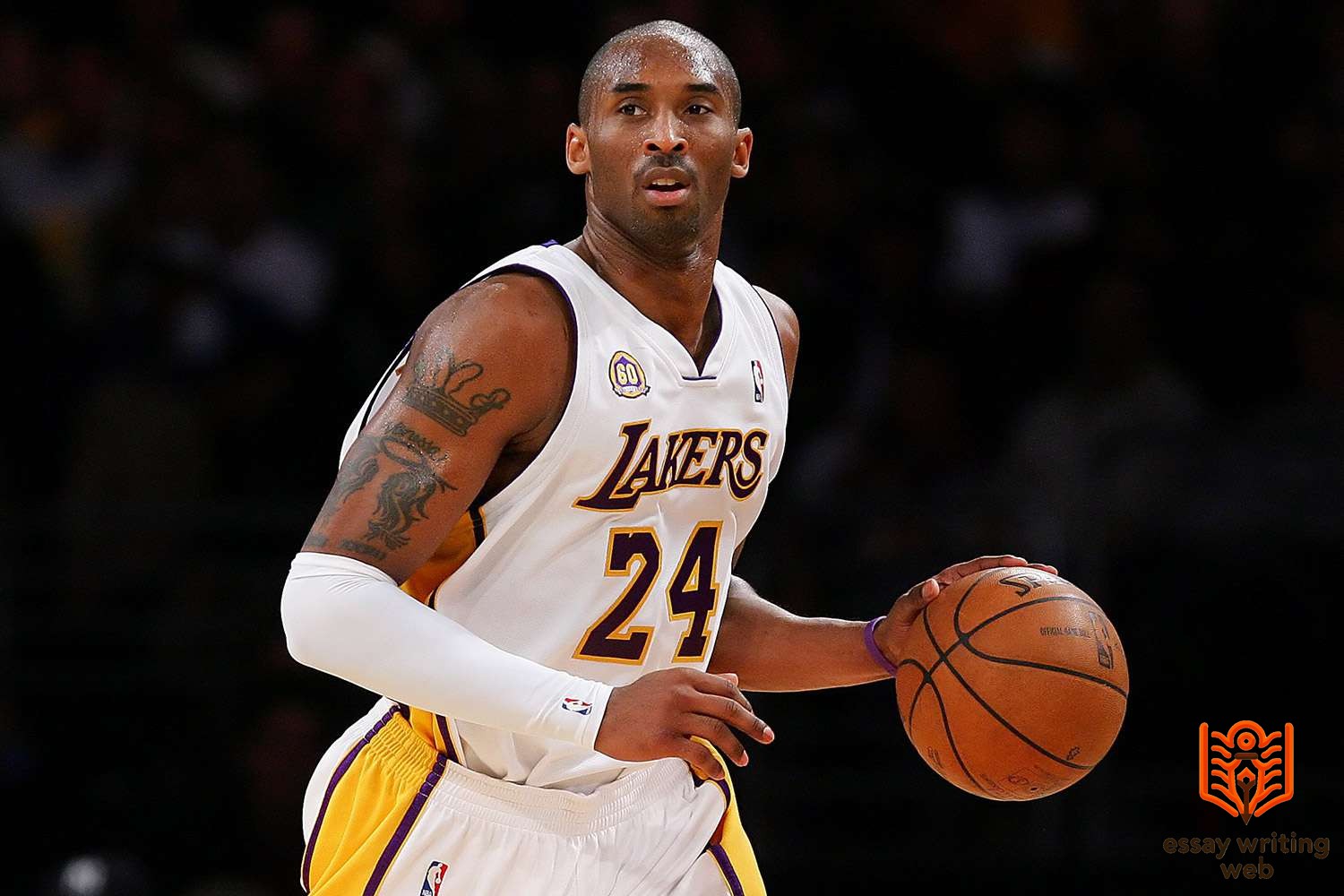
Kobe Bryant's relentless pursuit of excellence earned him the nickname "The Black Mamba." A five-time NBA champion with the Los Angeles Lakers, Bryant was known for his scoring prowess, footwork, and unyielding competitive spirit. He modeled much of his game after Michael Jordan, but he brought his own unique flair and intensity to the court. Bryant's 81-point game in 2006 remains one of the most remarkable individual performances in NBA history. Beyond his playing career, Kobe's work in storytelling and philanthropy, including his Oscar-winning short film "Dear Basketball," further solidified his legacy.
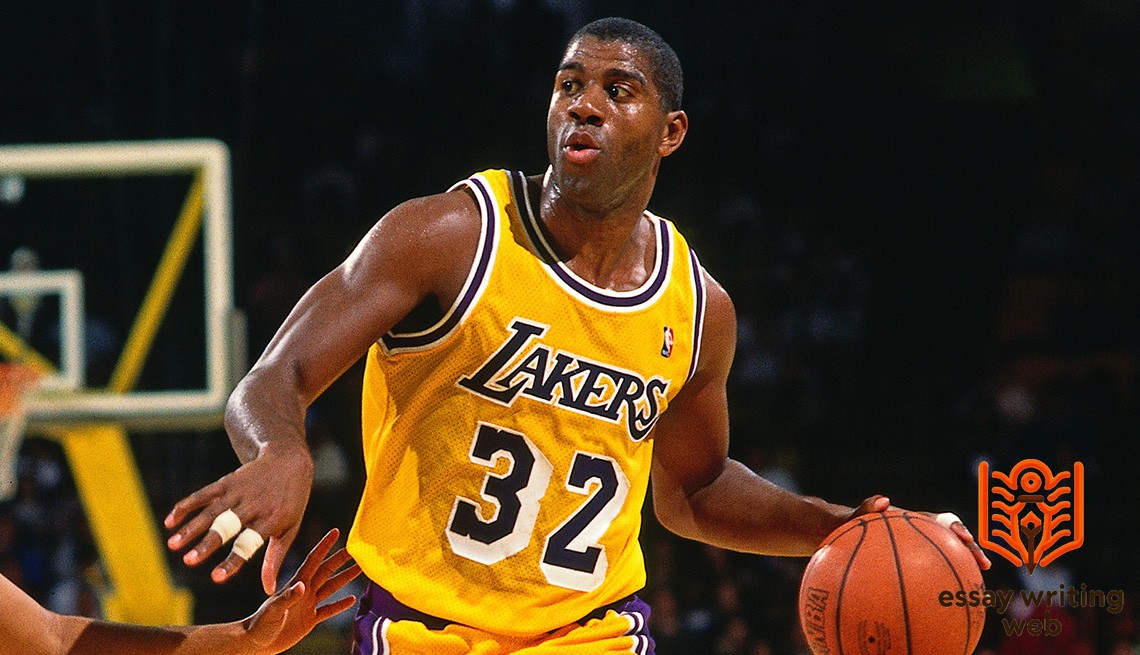
Magic Johnson is celebrated as one of the greatest point guards in basketball history, known for his extraordinary passing, vision, and leadership. Standing 6'9", Magic redefined the point guard position by blending size, speed, and skill. He led the "Showtime" Los Angeles Lakers to five NBA championships in the 1980s and was a three-time MVP. Off the court, Magic's impact is equally significant. After being diagnosed with HIV in 1991, he became an advocate for HIV/AIDS awareness and education, changing public perceptions and using his platform to support important causes.
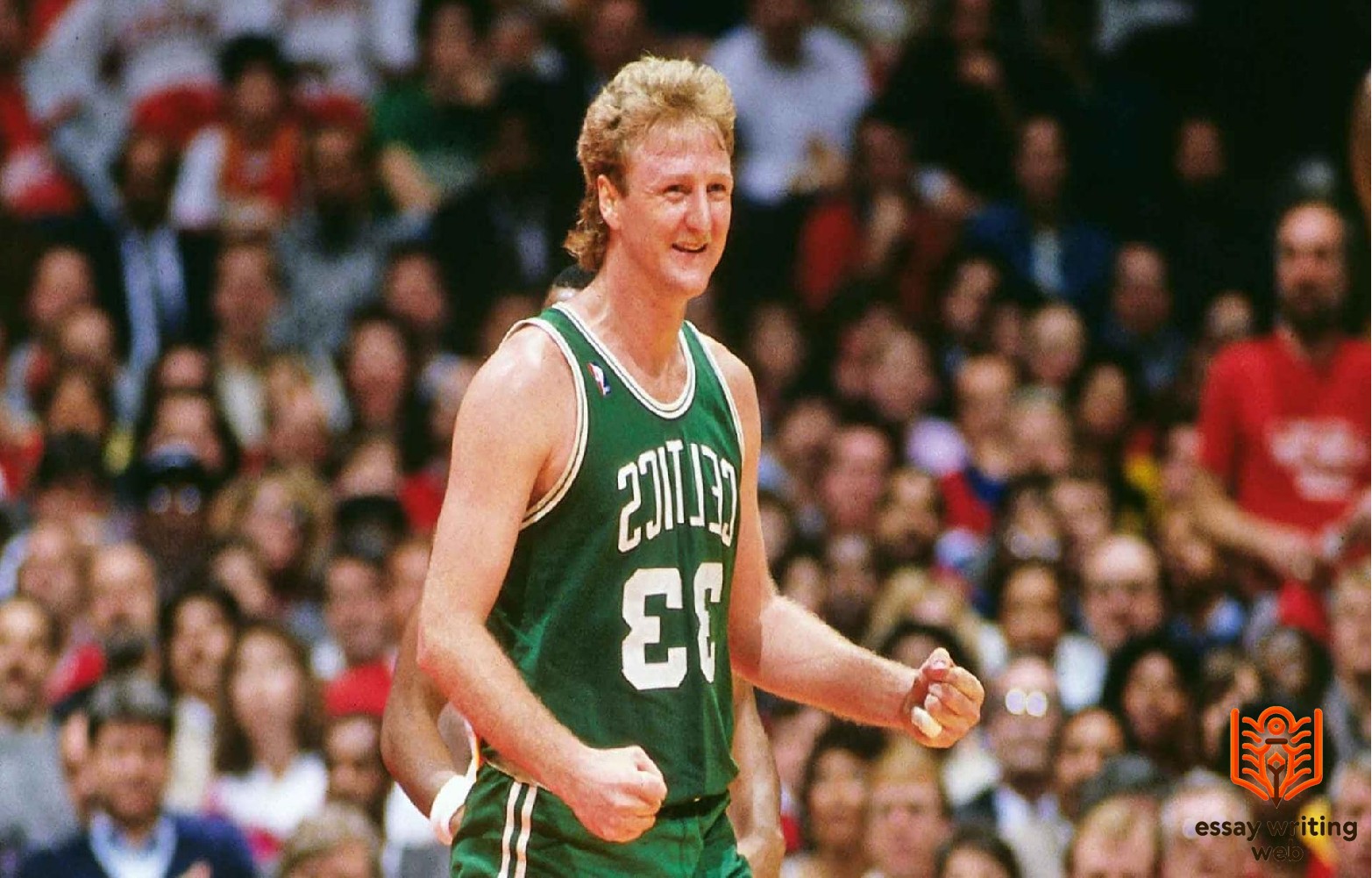
Larry Bird, one of the fiercest competitors in NBA history, was known for his incredible shooting, basketball intelligence, and clutch performances. As the face of the Boston Celtics during the 1980s, Bird led the team to three NBA championships and earned three MVP awards. His rivalry with Magic Johnson, which began in college and continued in the NBA, is one of the most storied in sports history. Bird's impact on the game is evident in his legacy as a player, coach, and executive, where his understanding of the game has continued to influence basketball.

Shaquille O'Neal, or "Shaq," was one of the most dominant centers in NBA history. Known for his immense size, strength, and agility, Shaq terrorized defenses throughout his career, winning four NBA championships and earning three Finals MVP awards. Beyond his on-court dominance, Shaq's larger-than-life personality made him a beloved figure in popular culture. He successfully transitioned to a career in entertainment and business, becoming one of the most recognizable and influential figures in sports.
Basketball's journey into the Olympic Games has been a cornerstone in the sport's global expansion, turning it into one of the most celebrated events in the world of sports. Officially introduced as an Olympic sport at the 1936 Berlin Games, basketball quickly became a staple of the Summer Olympics, symbolizing international competition and athletic excellence.
Basketball made its Olympic debut in 1936, in Berlin, Germany, under unique circumstances—the games were played outdoors on a dirt and sand court, a far cry from the indoor hardwood courts we're familiar with today. That year, the United States won the inaugural gold medal, setting a precedent for the country's dominance in the sport. The event marked basketball's transition from a relatively new sport, invented only 45 years earlier by Dr. James Naismith, to a global phenomenon.
Over the decades, the Olympic basketball tournament became increasingly competitive, with countries from Europe, the Americas, and eventually other continents, rising to challenge the American stronghold. The 1972 Munich Olympics were particularly historic, featuring a controversial final where the Soviet Union defeated the United States, marking the first time the U.S. did not win gold. This moment underscored the growing parity in international basketball and sparked a new era of global interest in the sport.
Women's basketball was added to the Olympic program in 1976, further enhancing the sport's global appeal. The U.S. women's team has been particularly successful, but other nations, such as Australia and the former Soviet Union, have also made significant contributions to the sport. The inclusion of women in Olympic basketball has played a crucial role in promoting gender equality in sports and inspiring female athletes around the world.
Today, basketball is one of the most anticipated and watched events of the Summer Olympics. The competition features a diverse array of teams from across the globe, reflecting the sport's universal appeal. The tournament format includes a preliminary round-robin followed by knockout stages, leading to dramatic and highly competitive matches. The Olympic stage has become a platform for both established stars and rising talents, showcasing the best of international basketball.
Basketball's presence in the Olympics has not only enhanced the sport's global profile but also fostered a spirit of international unity and competition. It has provided a stage where the world's best athletes can compete at the highest level, bringing nations together through a shared passion for the game. As basketball continues to evolve, its role in the Olympics remains central to its identity as a truly global sport.